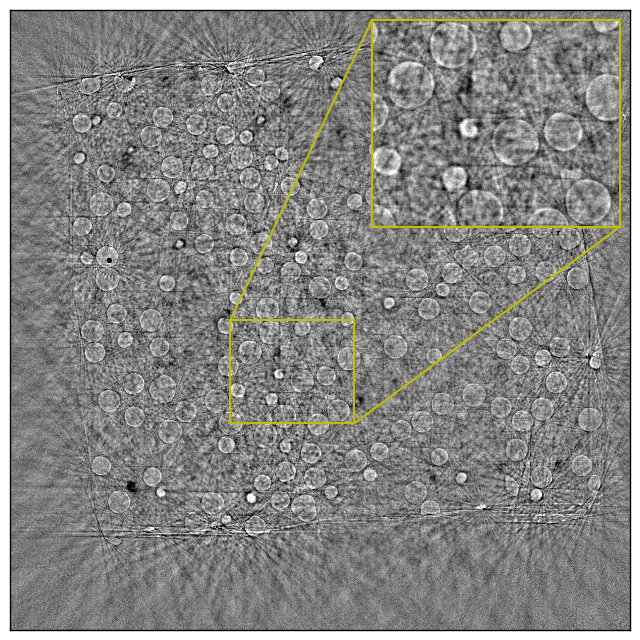Deep Learning Accelerated Light Source Experiments
Experimental protocols at synchrotron light sources typically process and validate data only after an experiment has completed, which can lead to undetected errors and cannot enable online steering. Real-time data analysis can enable both detection of, and recovery from, errors, and optimization of data acquisition. However, modern scientific instruments, such as detectors at synchrotron light sources, can generate data at GBs/sec rates. Data processing methods such as the widely used computational tomography usually require considerable computational resources, and yield poor quality reconstructions in the early stages of data acquisition when available views are sparse. We describe here how a deep convolutional neural network can be integrated into the real-time streaming tomography pipeline to enable better-quality images in the early stages of data acquisition. Compared with conventional streaming tomography processing, our method can significantly improve tomography image quality, deliver comparable images using only 32% of the data needed for conventional streaming processing, and save 68% experiment time for data acquisition.
PDF Abstract